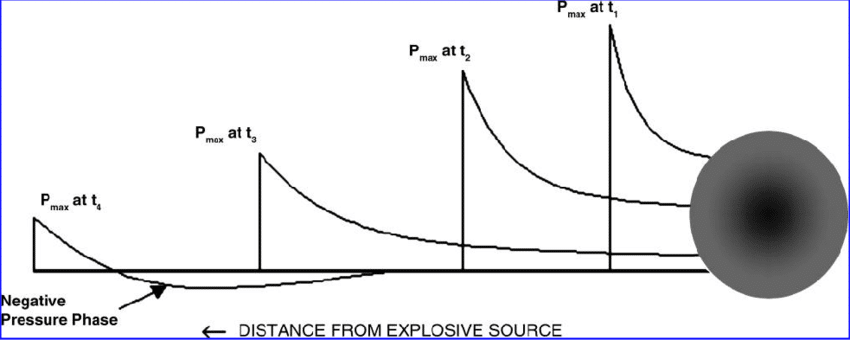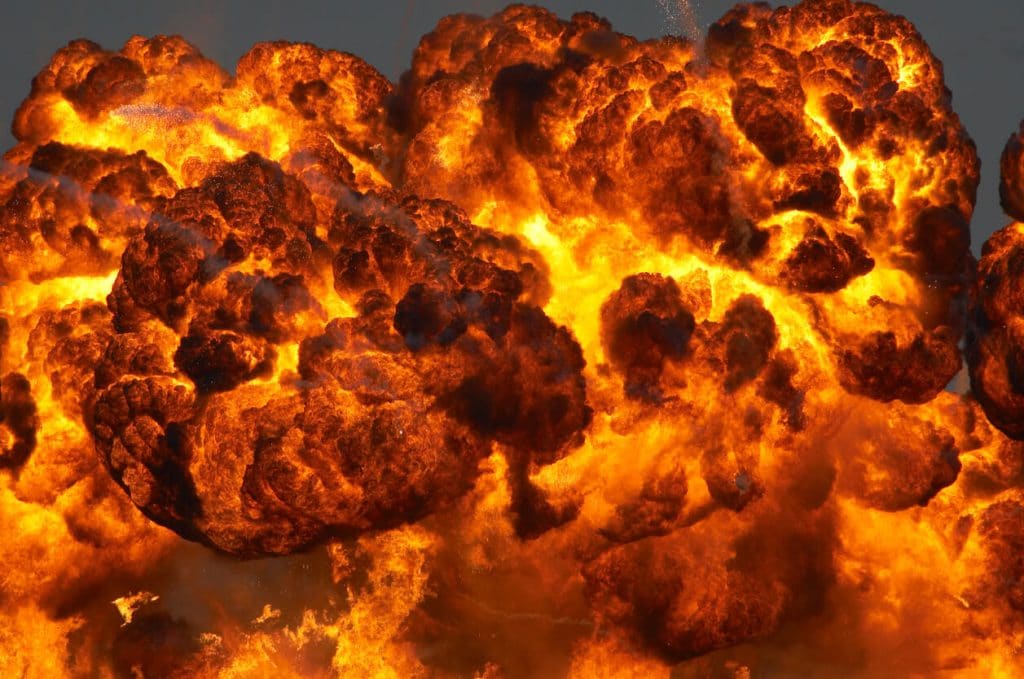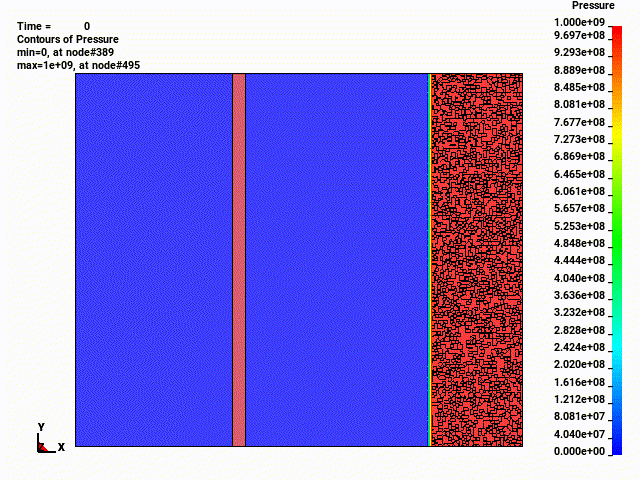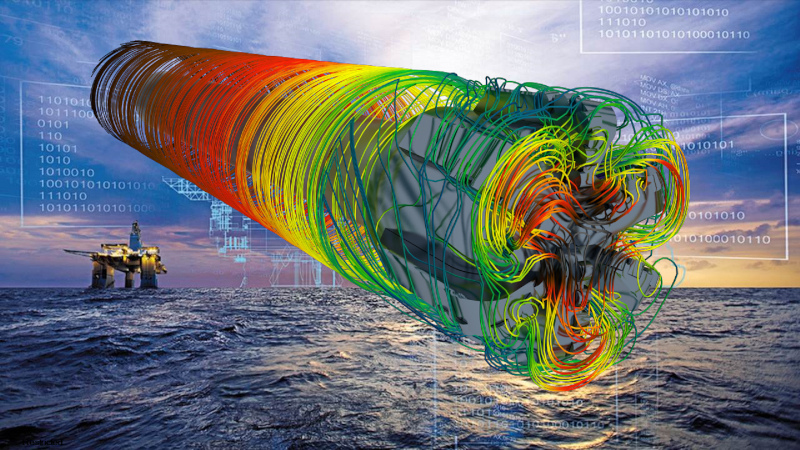Oil, Gas and Petrochemical Industries: Finite Element and CFD Simulation for Offshore Structures Wind and Wave Loading, Hydrodynamics, Drilling, Gas Dispersion, Environmental Pollution Dispersion and Blast Prevention
FEA & CFD Based Simulation Design Analysis Virtual prototyping MultiObjective Optimization
With combination of deep knowledge and experience in FEA and CFD and sophisticated simulation tools, Enteknograte engineers can solve any problem with any level of complexity in Oil, Gas and Petrochemical Industries such as Offshore Structures Wind and Wave Loading, Hydrodynamics, Gas Dispersion, Environmental Pollution Dispersion and Blast Prevention.
| Component | Question | FEA and CFD Simulation |
|---|---|---|
Drilling
|
|
|
| Cementing/Mudflow in Casings |
|
|
| Offshore Structures Wind and Wave Loading |
|
|
| Offshore Structures and Hydrodynamics |
|
|

Enteknograte engineering team use advanced CAE software with special features for mixing the best of both FEA tools and CFD solvers: CFD codes such as Ansys Fluent, Siemens StarCCM+, OpenFOAM and FEA Codes such as ANSYS, ABAQUS, Nastran, LS-Dyna, MSC Marc.
| Gas Dispersion |
|
|
| Environmental Pollution Dispersion |
|
|
| Blast Prevention |
|
|
| LNG Plant Site Selection Operation and Design |
|
|


Design procedures for blast, explosion and fire analysis of offshore structures
Explosions, fires and other accidents are major risks in the offshore industry. Extreme loads arising for structural from accidents create a challenge engineers in the design of safe and weight-efficient structures. The use of design procedures based on state-of-the-art computational technology allows for weight-optimised structural designs that meet defined safety requirements. The finite element method (FEM) and computational fluid dynamics (CFD) as a computational tools has been extensively used in the offshore industry. It has been applied both for global and local simulation to study the behavior of the offshore structures.
The following aspects are normally considered in order to achieve an optimum design for blast-resistant walls and partitions:
- Definition of design explosion and fire loads
- Establishment of the behavior of materials to be used for the design for high rate loads
- Determination of the behavior and strength of walls by means of non-linear FE modelling

FE modelling for offshore structures resistant to explosions and fires
Design procedures for creating offshore structures resistant to explosions and fires are normally based on the selection of design principles such as deterministic, probabilistic and risk-based design.
Methods used in designing structures that are resistant to explosions and fires include simplified methods and non-linear FE modelling and analysis. FE models involve accurate description of modelling techniques including modelling of structures, materials, and fire and explosion loads.
Safety doors must be built to meet OSHA, MSHA, NFPA Standards, FM Global Standards, European ATEX Directives and other many other standards when needed. Our advanced finite element simulation-based design for blast, explosion and fire will help you to satisfy all aspect of regulations in design step.
Oil, Gas and Petrochemical Industries
GREEN ENERGY: WIND TURBINE AND WIND FARM
Mixer Design and Analysis with FEA and CFD based-Simulation
Multiphase Simulation for Chemical Processing
Reactor Design & Combustion Engineering for Chemical Processing
Heat Transfer-Equipment Design and Analysis for Chemical Processing: Comprehensive CFD & Finite element method
Filtration System Design and Engineering for Chemical Processing with CFD & Finite Element Method
Chemical Processing Simulation and Design: Coupled CFD, FEA and 1D-System Modeling for Heat Transfer, Filtration & Mixer System , Reactor Design & Combustion Engineering
Hydrodynamics CFD simulation, Coupled with FEA for FSI Analysis of Marine and offshore structures
1D/3D Coupled Simulation and Co-Simulation: Detailed Chemistry & Multiphase Flow Modeling with 1D Modeling
Electromagnetic Multiphysics
Simulation of Plasma Based Devices: Particle in Cell (PIC), MHD, CFD
Integrated Artificial Intelligence (AI) & Machine Learning - Deep Learning with CFD & FEA Simulation
Turbine, Pump & Compressor (Axial or Centrifugal)
Fatigue Analysis of Welded Structures Using the Finite Element Method
Vibration Fatigue Finite Element Simulation: Time & Frequency Domain
Heat Exchangers: Simulation-Based Design for Thermal Performance Optimization
Blast, Explosion & Fire: Blast Resistance Certification with Protection Against Ballistic Attacks for Windows, Doors, Buildings and Vehicles
Additive Manufacturing and 3D Printing
Heat Transfer and Thermal Analysis: Fluid-Structure Interaction with Coupled CFD and Finite Element Based Simulation
WE WORK WITH YOU
We pride ourselves on empowering each client to overcome the challenges of their most demanding projects.


CFD and FEA in Civil Engineering: Seismic Design, Earthquake, Tunnel, Dam, Concrete Structures and Geotechnical Multiphysics Simulation
Marine and Shipbuilding Industry: Finite Element and CFD Based Simulation and Design
Simulia Abaqus: Crash Test, Fracture & Damage, Blast & Explosion, Impact & Penetration, Thermal Analysis, Drop Test, Acoustics and Vibro-Acoustics
Ansys AUTODYN: Explicit Software for High Velocity Impact, Blast & Explosion, Fracture & Damage
Ansys LS-DYNA Multiphysics Solver: Industry-Leading Explicit Simulation Software for Drop Tests, Impact and Penetration, Smashes and Crashes, Occupant Safety.
MSC Dytran: Explicit Transient Dynamic Solution for Crash, Impact, Blast, Explosion and Fluid-Structure Interaction




